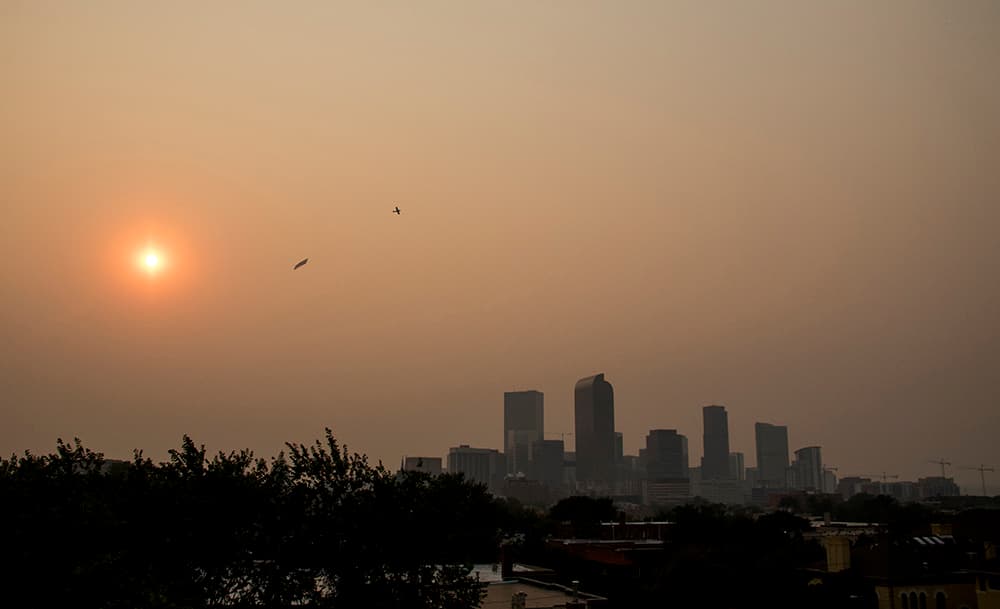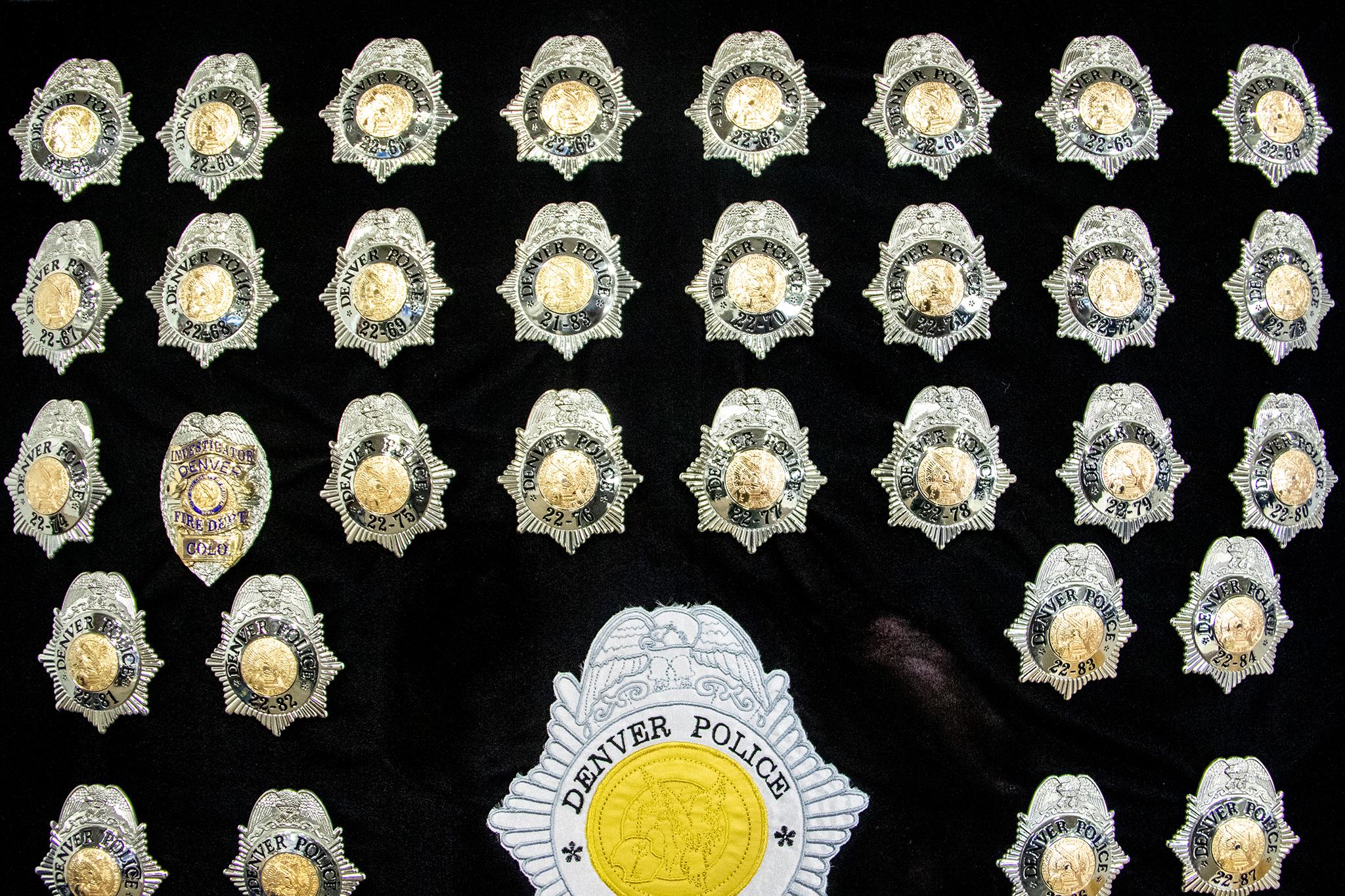
The last time wildfires broke out in northern California, early in September, Denver and the rest of Colorado were blanketed in smoke. So as wildfires devastate the area again, why aren't we under more smoke?
The main reason, said National Weather Service meteorologist Kyle Fredin, is airflow aloft — or, in more common terms, the way the wind is blowing way up high.
And although these fires have brought jaw-dropping destruction, there's a smaller amount of acreage burning.
"The area of coverage that we saw this summer expanded into southwest Canada, Montana, Idaho, Washington, parts of northern California along with Oregon, so there was a massive area," Fredin said. "This one, a far smaller area. A lot of that smoke is getting dispersed from a much smaller source."
As a reminder, here's how the smoke from the fires last month looked on the EPA's AirNow map:


Another factor, Fredin said, is that we were under very high atmopsheric pressure during the last round of wildfires. "That has a tendency to create a dome that creates a lot of air stagnation across the southwest United States."
We could still see some smoke in Denver from these fires, but it'll be far less than last time.














